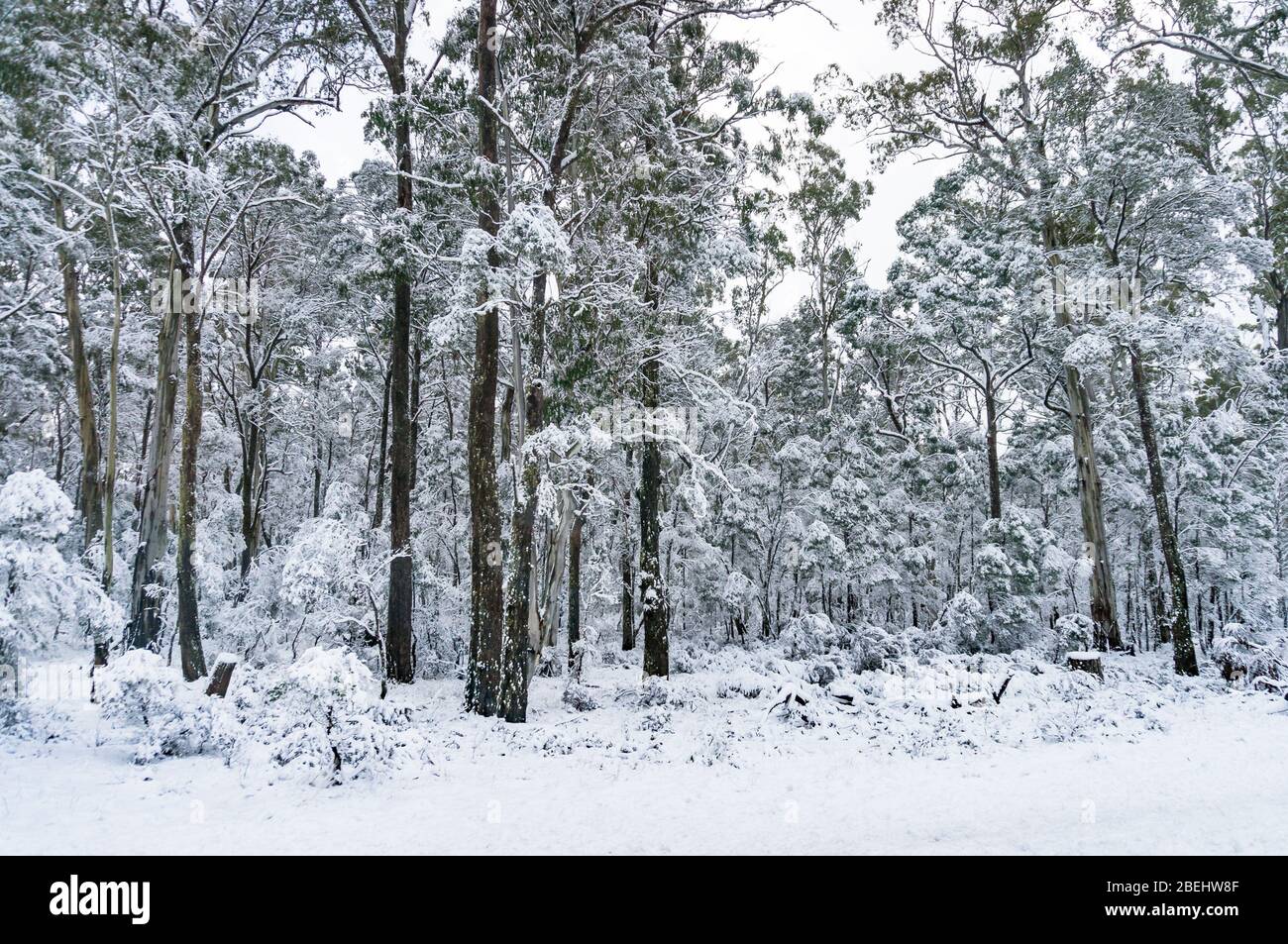Understanding the Value of Snow in Australia for Farming and Tourism
While Australia is commonly linked with sun-kissed coastlines and dry outback, it also flaunts a wide range of snowy alpine regions. As we explore this shocking junction, the possible influence of shifting environment patterns on Australia's snowfall and its succeeding effects become a compelling focus.

The Unexpected Snowfall: Australia's Alpine Regions
When winter season cloaks the globe, Australia's Alpine areas wear a white mantle of snow, a spectacle that appears nearly paradoxical in this dominantly sun-baked land. The annual snowfall, although not as plentiful as in some nations, is a vital element of Australia's environment variety and plays a substantial duty in the nation's agricultural practices and tourist sector.
Wintertime's Bounty: Snow's Payment to Australia's Water Resources
In spite of its rarity in the wider landscape of Australia, snow in the Towering regions plays a critical duty in the country's water sources. This is particularly critical for Australia, a continent regularly tormented by droughts. Without the bounty of winter season snow, Australia's water sources would be significantly stressed, impacting both the population and the setting.
White Covering, Eco-friendly Fields: The Impact of Snow on Australian Farming
Although much less visible, the impact of snow on Australian agriculture is significant. Snowfall boosts soil wellness by presenting moisture and capturing nutrients, which are gradually launched as the snow thaws. Therefore, the function of snow in Australian agriculture is both vital and diverse.

Money: Snow Tourism and Its Economic Significance in Australia
While the worth of snow to Australian farming is often taken too lightly, its payment to the country's tourism sector is unquestionably considerable. The snow-laden tops of Australia's alpine regions bring in a flurry of visitors every winter season, contributing millions to the nationwide economic climate. Thus, the economic value of snow tourism in Australia prolongs far past the slopes.
Future Projection: Climate Change and Its Prospective Impacts on Australia's Snowfall
As the globe grapples with the reality of climate change, so too needs to Australia consider its possible impacts on the country's snowfall. Present scientific designs predict a decline in Australian snowfall, with potentially serious influence on both farming and tourist. In some locations, the snow season might be shortened by approximately 80 days by 2050. Such modifications threaten the practicality of Australia's ski industry, which adds significantly to the regional economy. Likewise, much less snowfall could additionally influence the country's agricultural field, as snowmelt plays a crucial duty their website in watering crops. The prospective results of these modifications highlight the necessity of environment modification mitigation initiatives, both in Australia and internationally.
Conclusion
In verdict, snow is a crucial aspect of Australia's farming and tourism industries. The looming threat of environment modification elevates issues regarding the future of Australia's snowfall patterns, possibly interfering with these substantial financial industries.

When winter season capes the globe, Australia's Towering regions don a white mantle of snow, a spectacle that appears Our site practically published here paradoxical in this dominantly sun-baked land.Despite its rarity in the more comprehensive landscape of Australia, snow in the Towering regions plays a critical role in the nation's water sources. Without the bounty of winter snow, Australia's water sources would be dramatically stressed, influencing both the setting and the populace.
Hence, the financial significance of snow tourist in Australia extends much beyond the slopes.
In conclusion, snow is an essential element of Australia's agricultural and tourist industries. Does Australia Get Snow.